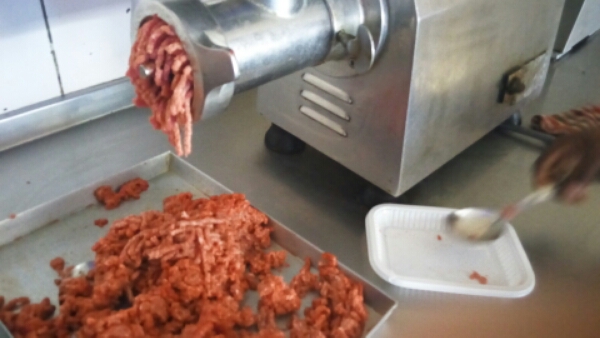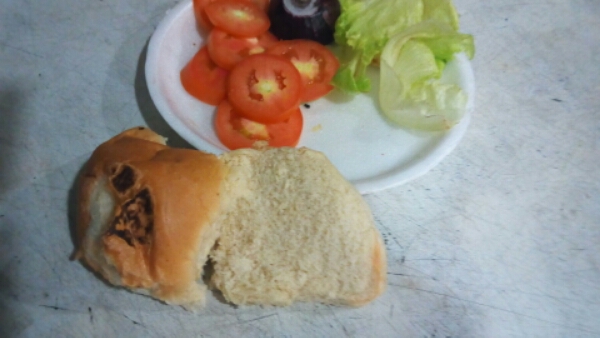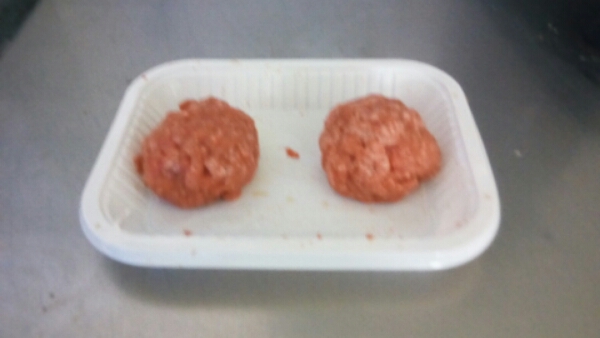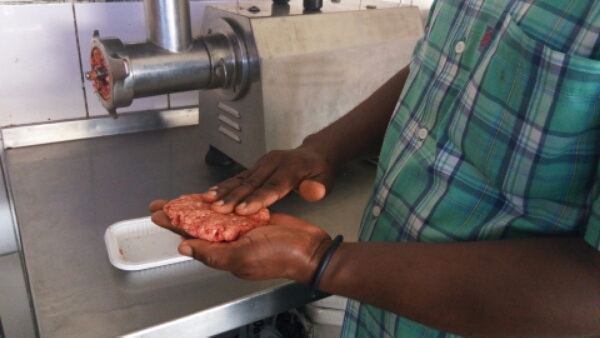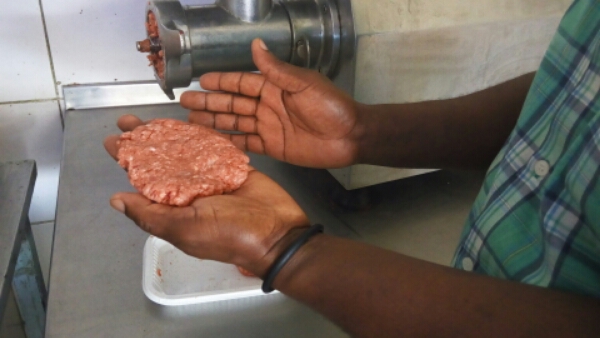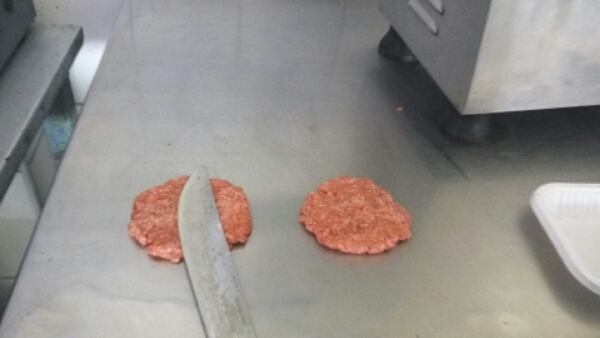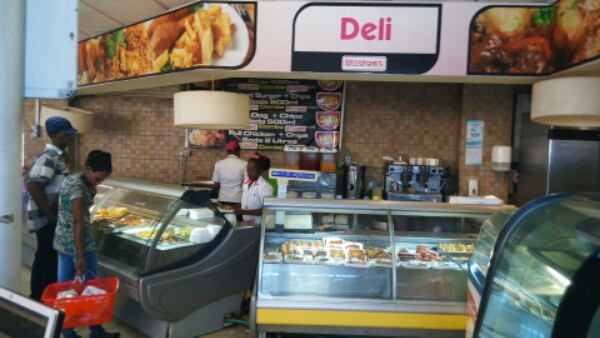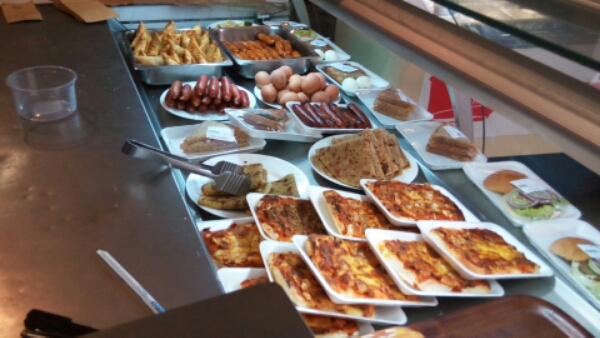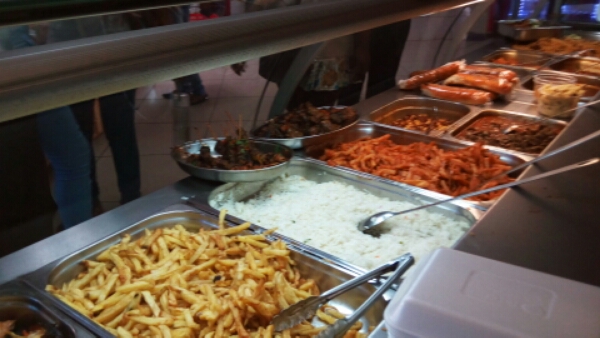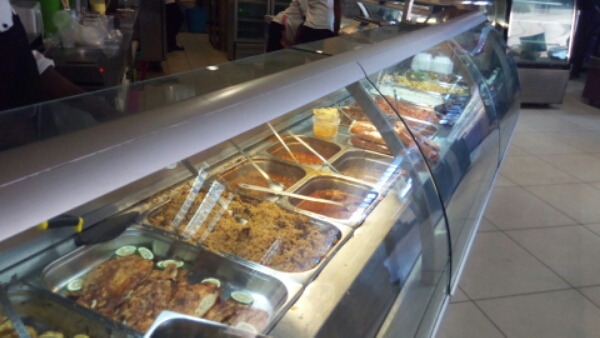Hamburger is a sandwich consisting of one or more cooked patties of ground meat , usually beef , placed inside a sliced bread roll or
bun . Hamburgers may be cooked in a variety of ways, including pan-frying, barbecuing, and flame-broiling. Hamburgers are often served with cheese , lettuce, tomato, bacon , onion,
pickles , and condiments such as mustard,
The term burger may be prefixed with the type of meat or meat substitute used, as in “chicken burger ” when the stuffing is chicken , “veggie burger “when the stuffing is vegetables.
Hamburgers are sold at fast-food restaurants and to some Extension are many international and regional variations of the hamburger.
I cannot establish really the origin of burgers but I believe its from The Germans and then the americans made it their own.
Burgers are among common Favourite to many middle class but however its as well one among others leading course of obescity due to its high fat content.
Ingredients for a beef burger :
Serves:4 – 5
Prep time:15min
Cooking time:10 mins
For the patties you need :
*500g good quality beef mince
*250g white breadcrumbs
*2 eggs
*2pcs red onions finely chopped
*salt and pepper to taste
*1 tbsp vegetable oil for cooking.
For the filling
*4 or 5 burger bun
*2 spirals each of mayonnaise and ketchup
* A leaf of Iceberg lettuce or rocket or both on each bun.
*Tomato slices from two tomato.
Directions
Peel the onion, slice in half through the root and trim off the top. Place cutside down on a chopping board. With your knife parallel to the board, cut 3 slices through the onion, keeping the root intact. With the knife point at root end, cut down through the onion from top to bottom 4 times. Holding the root end, finely slice to give you small diced pieces. Tip the beef into a bowl with the onion, crumbs, pepper, salt and eggs, then mix.
Divide the mixture into four or five. Lightly wet your hands. Carefully roll the mixture into balls, each about the size of a tennis ball. Set in the palm of your hand and gently squeeze down to flatten into patties about 3cm thick.
Make sure all the burgers are the same thickness so that they will cook evenly. Put on a plate, cover with cling film and leave in the fridge to firm up for at least 30minsm
Heat the barbecue to medium hot (there will be white ash over the red hot coals – about 40 mins after lighting). Lightly brush 1 side of each burger with oil. Place the burgers, oil-side down, on the barbecue. Cook for 5 mins until the meat is lightly charred. Don’t move them around or they may stick. Oil the other side, then turn over using tongs. Don’t press down on the meat, as that will squeeze out the juices. Cook for 5 mins more for medium. If you like your burgers pink in the middle, cook 1 min less each side. For well done, cook 1 min more.
Take the burgers off the barbecue. Leave to rest on a plate so that all the juices can settle inside. Slice each bun in half. Place, cut-side down, on the barbecue rack and toast for 1 min until they are lightly charred. Place a burger inside each bun, then drizzle with One or two spirals of mayonnaise and tomato ketchup, top with lettuce and rest of veggies. SERVE and enjoy
Posted from WordPress for Android

